What we found were some diapers that said dye-free had obvious prints. This information makes it more difficult than we originally thought to find a truly dioxin free option no matter what the production method is. Green Diapers vs. Best Diapers for Newborns. Source: Sierra Club Green Home. The scents found in many diapers are strong and chemical-laden, harboring unnecessary irritants with the potential to cause health issues like diaper rash and respiratory symptoms. Products are not tested and manufacturer's information presented here is not evaluated by DeLima Associates. Also, upon further investigation , we aren't sure that this conviction is as useful as we once thought as dioxins are present everywhere. If the Green Guides that require a diaper to decompose into natural elements within a year of customary disposal are followed, then we feel that all claims of biodegradability concerning disposable diapers, or their components, is deceptive marketing. Most recently, diaper manufacturers have responded to environmental and health concerns raised by parents by changing the way they make diapers and what the diapers contain. As reported in the Huffington Post and elsewhere, "…due to the 'trade secret' status of fragrances, manufacturers are still not required by the FDA to disclose their ingredients on the label or in any other way.
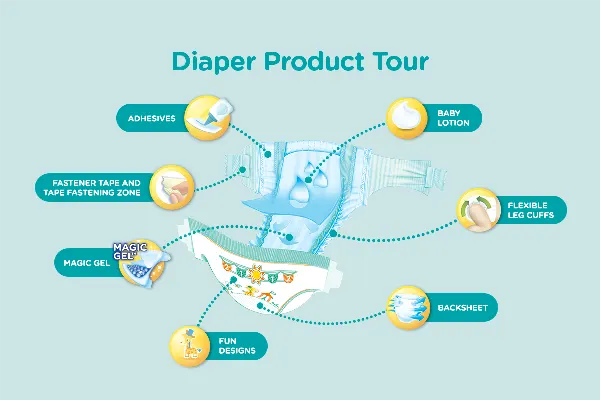

So by design, a landfill contains very little air or moisture, two components necessary for biodegradation to occur. Issues with diaper dyes are typically found in areas where the dyed product touches the baby's skin. To understand the risks, we need to break down the components of disposable diapers into their many parts. As reported in the Huffington Post and elsewhere, "…due to the 'trade secret' status of fragrances, manufacturers are still not required by the FDA to disclose their ingredients on the label or in any other way. Date verified: February 14,
Super Absorbent Polymer (SAP)
Our take on it: we like dye-free and recommend it. While dioxins are only found in trace quantities in chlorine-bleached diapers, we prefer "none" to "trace" when it comes to babies, particularly newborns because their skin is so thin. SAP crystals do the heavy lifting, and are sandwiched between the upper and lower layers of the diaper core material. The outer layer is waterproof to prevent leaks. When we tried to delve deeper to sort it out, we found even more confusing information. Phthalates are mainly plasticizers, or "substances added to plastics to increase their flexibility, transparency, durability, and longevity. Green Diapers vs. Stearyl alcohol. It is unclear to us that any of the diapers that claim biodegradability are actually in compliance with the FTC's legal definition of breaking down in one year. Not all diapers use Phthalates. While believed to be safe and non-toxic, this crystal-like gel material freaks out many a parent if it escapes from a soaked disposable diaper's absorbent core and onto the baby's skin. Though Dr.
Pampers Ingredients and Safety Questions | Pampers
- And since diaper changes can be…unpredictable in those early days, leak guard barriers along the leg cuff help protect where poopsplosions are most likely to happen.
- Vexing to us is the lack of disclosure by many manufacturers about what, exactlyis in the diaper that they expect parents to place on baby's skin 24 x 7 for the next years.
- However, we're not out of the woods yet and depending on which brand of diaper you choose, the risks and impact can vary.
- The GHS classifications for chemicals associated with products in this database may be viewed by selecting the "Advanced" button on the Chemical Ingredients tables.
- This comes from the diaper padding and can easily be removed by wiping your baby's skin with a cloth.
- Brand Information.
Skip To Content. Add to cart. Nearby stores View store map. Description Your search for pure protection that works is over! Designed to help skin stay dry and healthy, Pampers Pure Protection diapers lock wetness away from skin for up to 12 hours for outstanding leakage protection with skin-loving care. Plus, our designer, boutique prints make Pampers Pure just as precious as they are protecting. We've thoughtfully chosen all of our ingredients to care for your baby's precious skin. Our exclusive, plant-based liner plant-based and polypropylene blend is enriched with shea butter to help nourish and protect skin while our outercover is enhanced with premium cotton, making Pampers Pure Protection diapers irresistibly soft and breathable. But the ingredients we've chosen to leave out are just as important. That's why Pampers Pure Protection diapers are free of elemental chlorine, fragrance, parabens, and latex natural rubber and are hypoallergenic. The Seal of Cotton and cotton enhanced are trademarks of Cotton Incorporated. Nutrition and ingredients. Allergens and safety warnings Keep away from any source of flame. Pampers diapers, like almost any article of clothing, will burn if exposed to flame. To avoid risk of choking on plastic, padding, or other materials, do not allow your child to tear the diaper, or handle any loose pieces of the diaper. Discard any torn or unsealed diaper, or any loose pieces of the diaper. To avoid suffocation, keep all plastic bags away from babies and children.
Products in this Consumer Product Information Database CPID are classified based on their composition: Substances: single chemicals Preparations: products which contain chemicals that can be easily separated during normal use Articles: products or product assemblies that do not contain chemicals that can be separated out from the product or assembly under normal or advertised use. The GHS is a system for standardizing and harmonizing the classification and labelling of chemicals. Chemicals are associated with codes that ingredients in pampers diapers their health, ingredients in pampers diapers, physical and environmental hazards. This universal hazard communication system was developed to ensure that employers, employees and consumers are provided with adequate, practical, reliable and comprehensible information on the hazards of chemicals, so that they can take effective preventive and protective measure for their own health and safety. The GHS classifications for chemicals associated with products in this database may be viewed by selecting the "Advanced" button on the Chemical Ingredients tables. Since this is a work in progress, GHS classifications may not be shown for all chemical ingredients. Chemical Abstracts Service Registry Number is a unique identifier for a chemical and its synonyms. CAS numbers identify the chemical, but not its concentration or specific mixture. For more information: ingredients in pampers diapers.
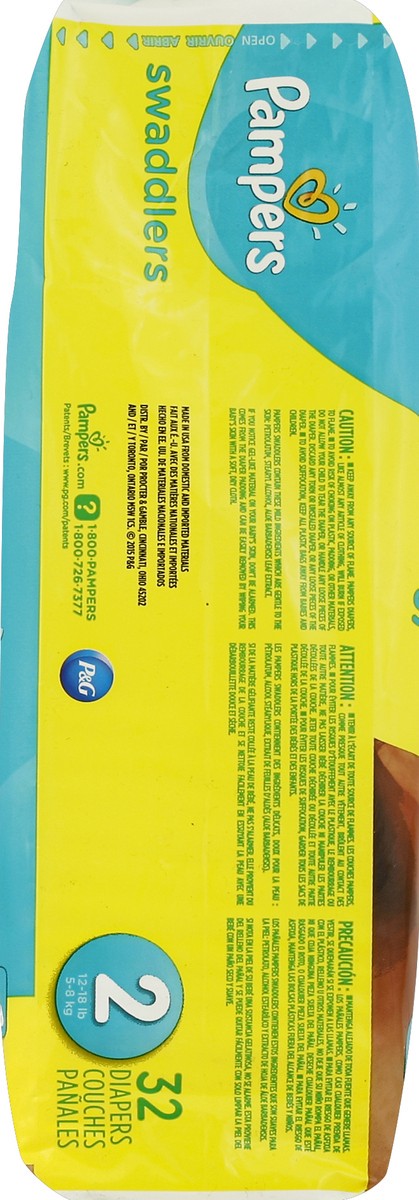
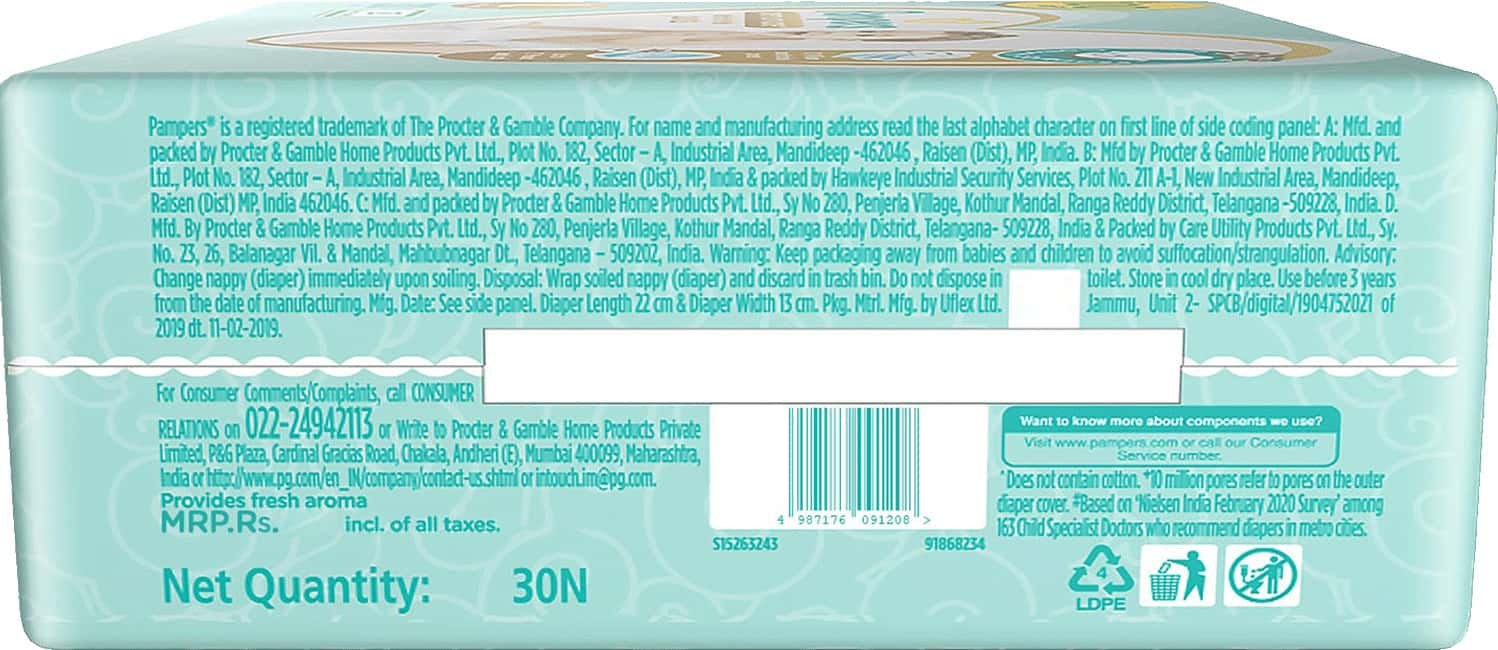
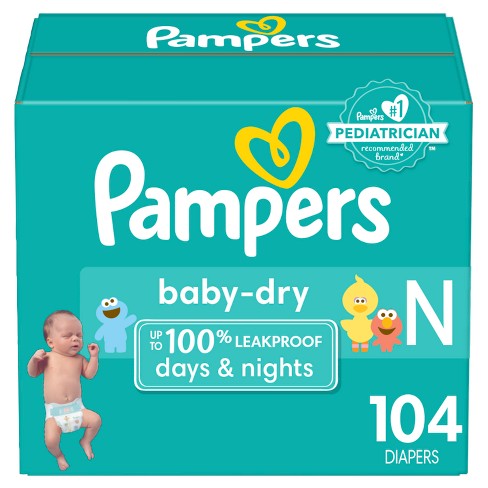
Ingredients in pampers diapers. Pampers Pure Diapers Review
Babies go through over 2, diaper changes in the first ingredients in pampers diapers. And if you stand in the diaper aisle for long enough, it might seem like you could choose a different diaper for each of those changes. There are Swaddlers and Pure and Overnights. How are you supposed to know which one your baby needs in this moment? But first, a couple of quick tips:. One of the most popular diaper choices for newborn babies, ingredients in pampers diapers, Pampers Swaddlers are super soft and designed with a special liner that wicks wetness away from skin. And since diaper changes can be…unpredictable in those early days, leak guard barriers along the leg cuff help protect where poopsplosions are most likely to happen. Your baby may be fine overnight with their regular diaper, but if you notice frequent leaks, you may want to switch to an overnight diaper. For babies with more sensitive skin or if you ingredients in pampers diapers want a diaper with fewer ingredientsPampers Pure diapers are hypoallergenic and free of elemental chlorine, fragrance, parabens, and natural rubber latex. They are made with soft, stretchy sides that provide a comfy and secure fit so your baby has the freedom to move, while extra leak barriers around the legs protect against blowouts. Cruisers are very similar to Cruisers diapers, with one key difference: unlike regular taped diapers, these diapers have a special elastic waistband that goes on almost like underwear. This article is sponsored by Pampers. We limit our sponsored content to relevant partners that offer products and services we believe in and use ourselves, ingredients in pampers diapers.
Review this article:
This article is part of our review of The Best Disposable Diapers. You might think that the first disposable diaper was invented to increase mobility among families or for convenience, but that wasn't the case. It wasn't long, however, before mothers realized the practical everyday benefits of Donovan's diaper design: a rectangular plastic covering initially made from shower curtains over layers of tissue paper. Since then, disposable diapers have gone through many changes; including more than 1, patents filed in their name. Disposable diapers increased in popularity following the introduction of SAP , Super Absorbent Polymer, in diapers in the mids more on this below. Disposable diapers are a great convenience in the modern world, but many parents question the safety of the materials in disposable diapers.
Once you do find a diaper brand you like, ingredients in pampers diapers, sign up for the perks like Pampers Club. However, we're not out of the woods yet and depending on which brand of diaper you choose, the risks and impact can vary. Your baby is going to spend a lot of time in diapers so it makes sense to consider the materials they are made of.
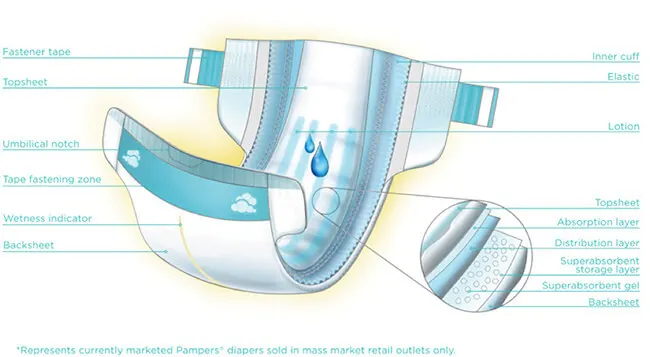
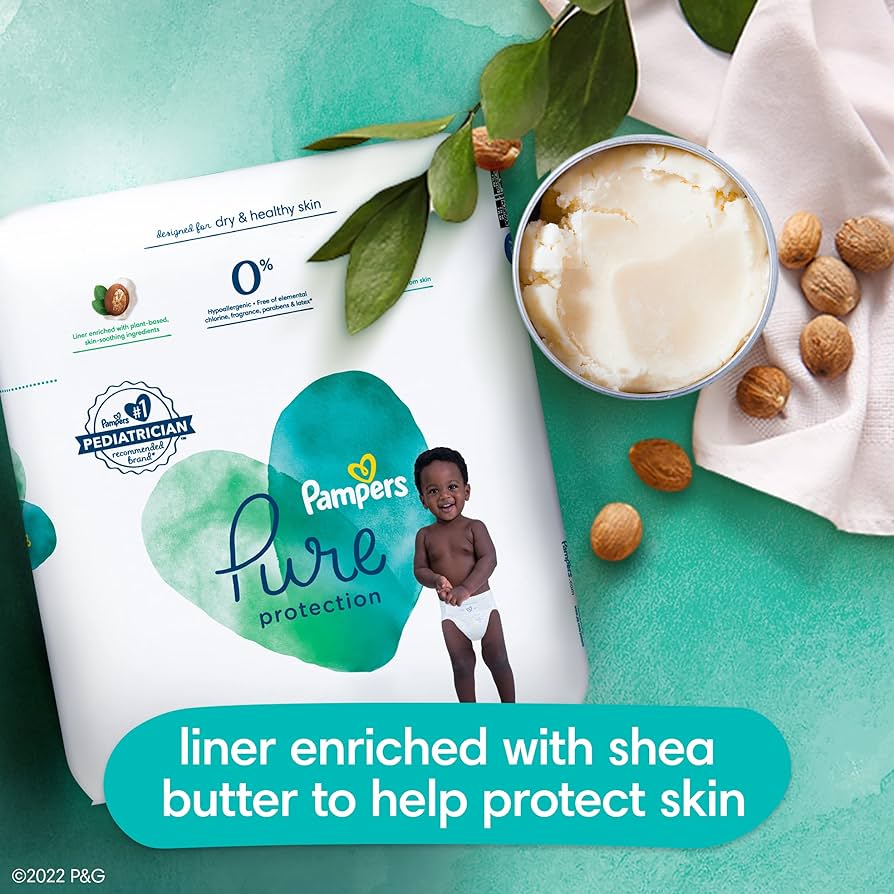
20 Game-Changing Gadgets for Baby Bliss! Blossom
I did not speak it.
I apologise, but, in my opinion, you are not right. I am assured. I can prove it. Write to me in PM, we will talk.
It is very a pity to me, I can help nothing to you. I think, you will find the correct decision.